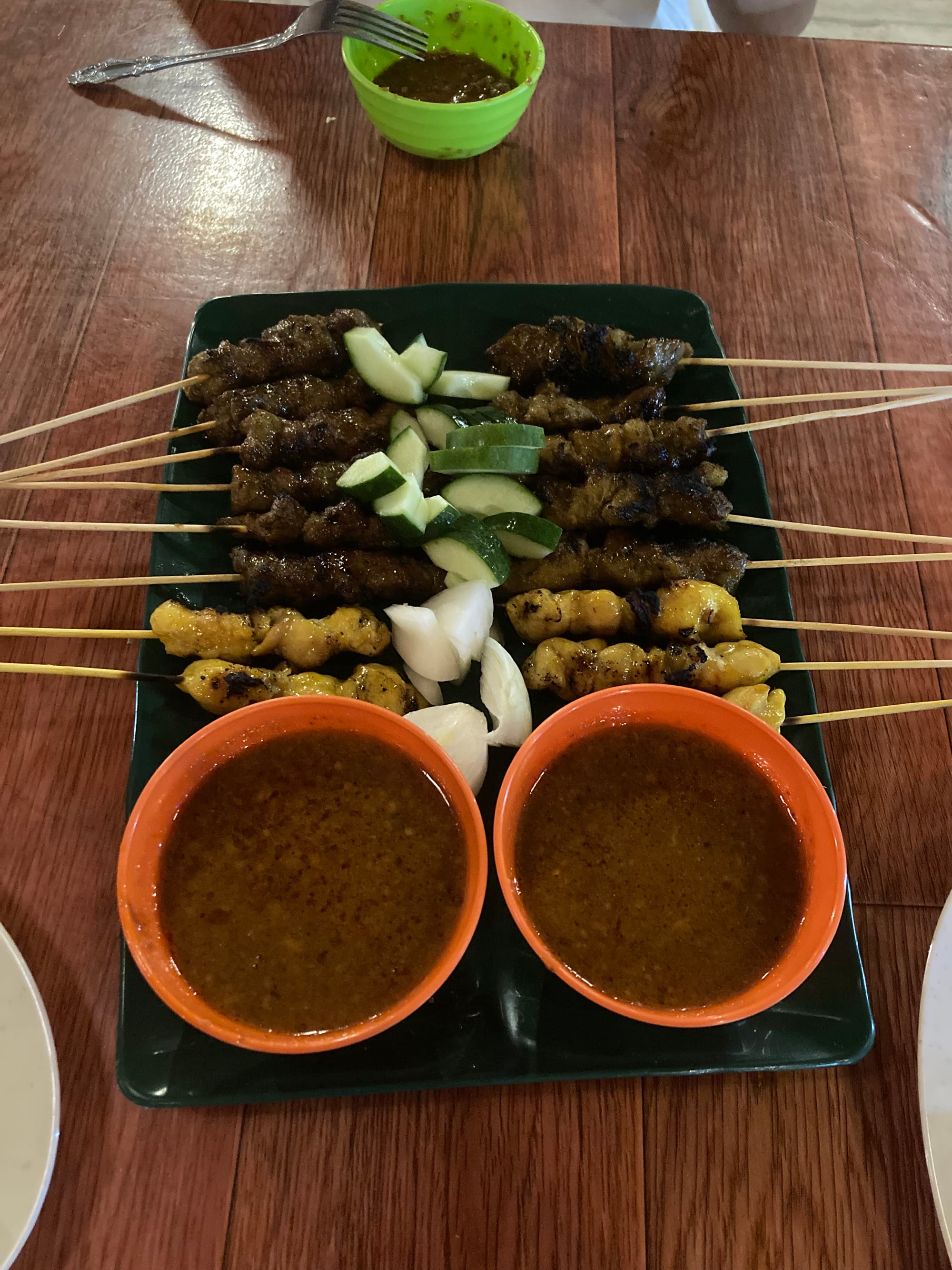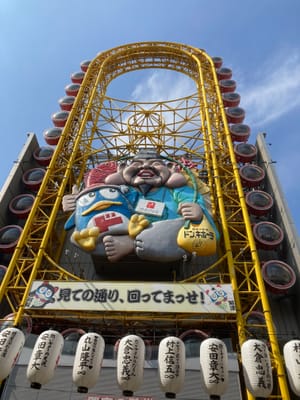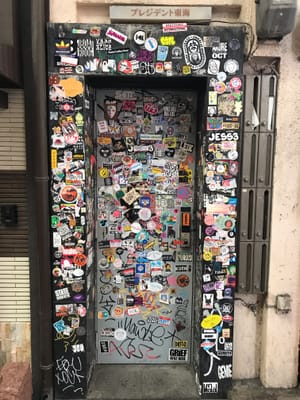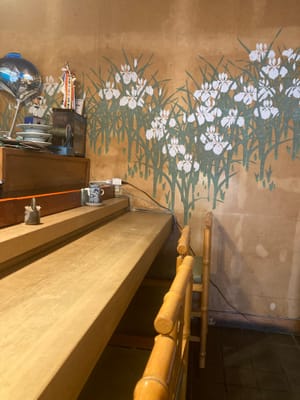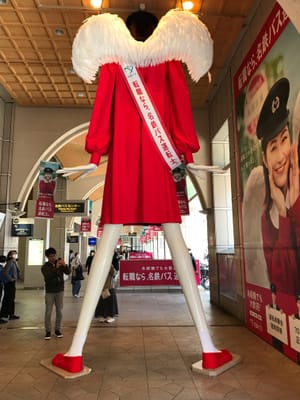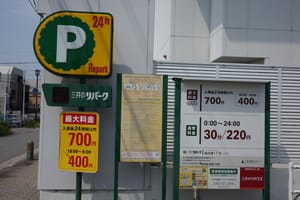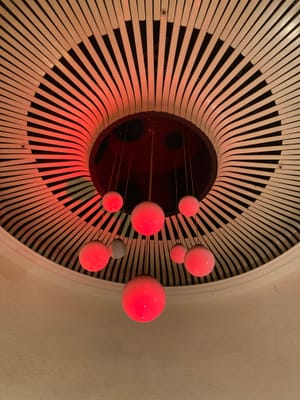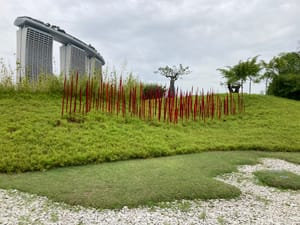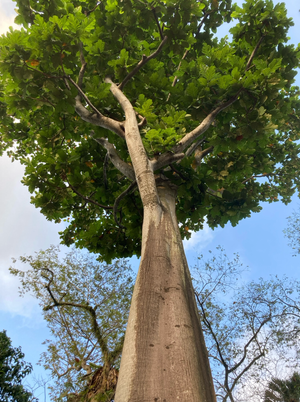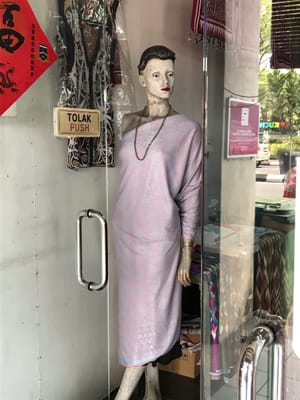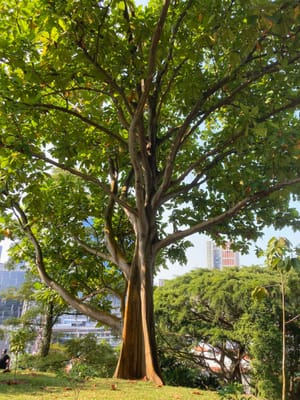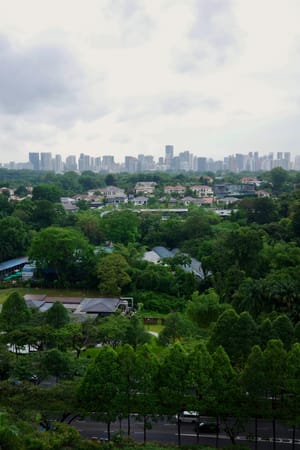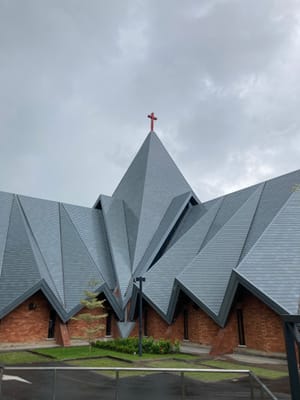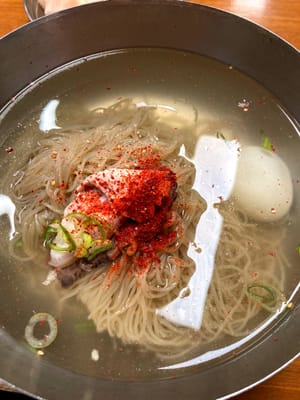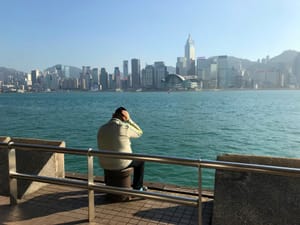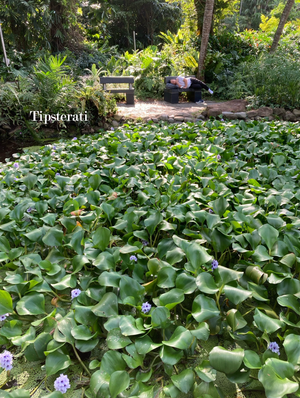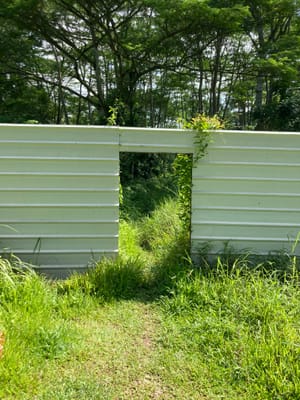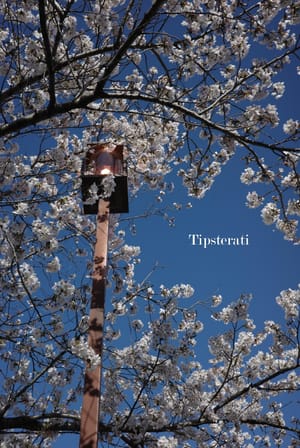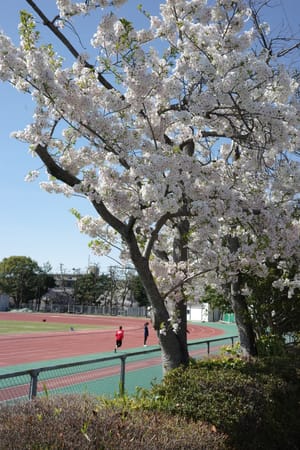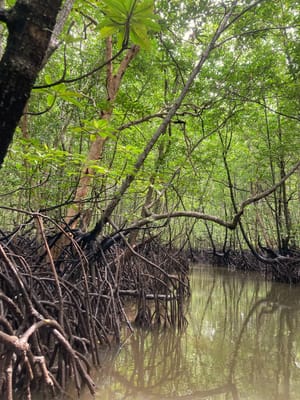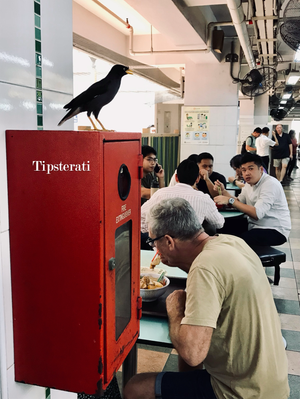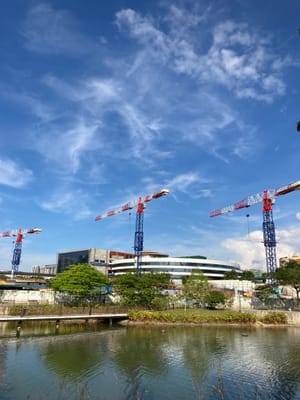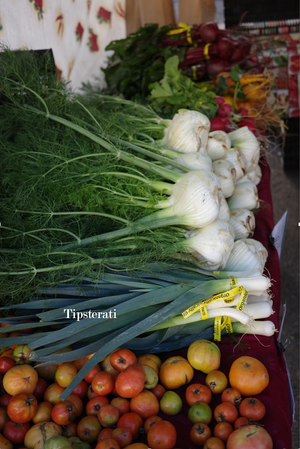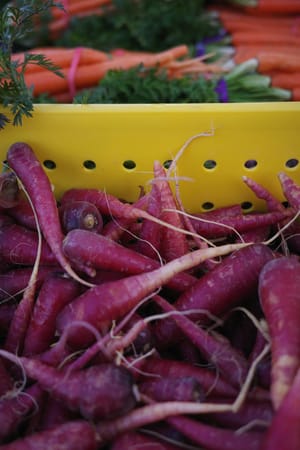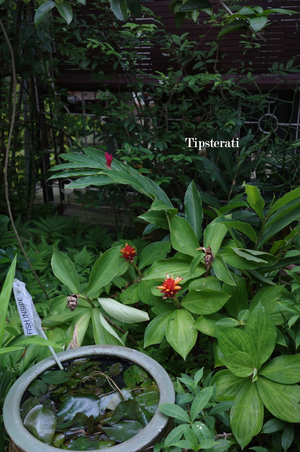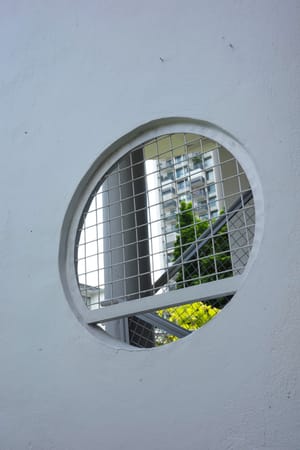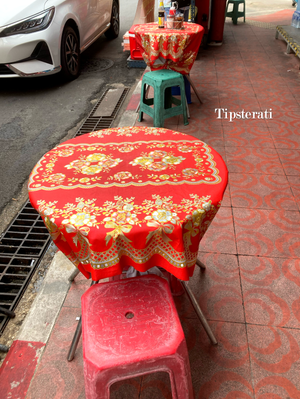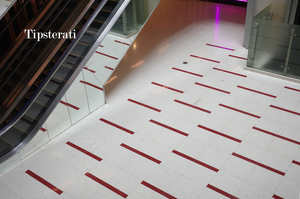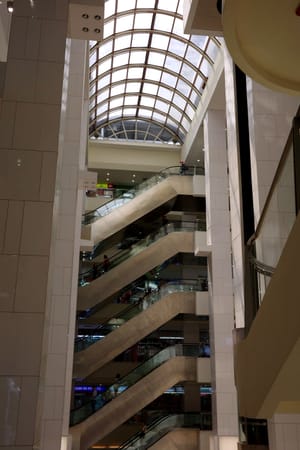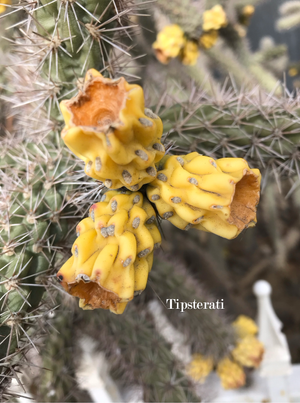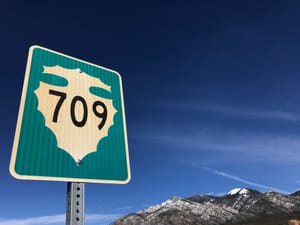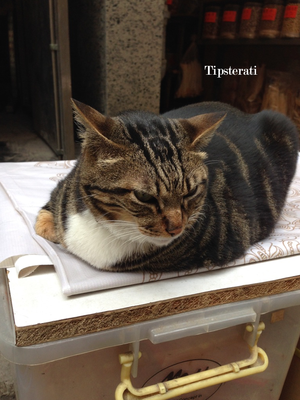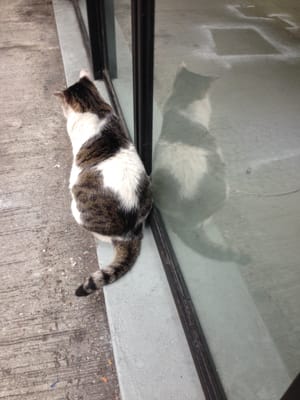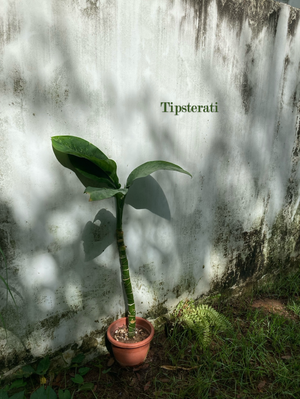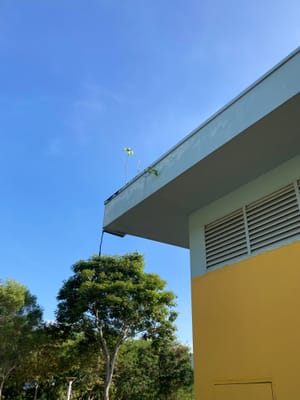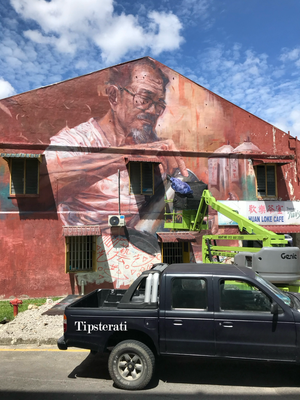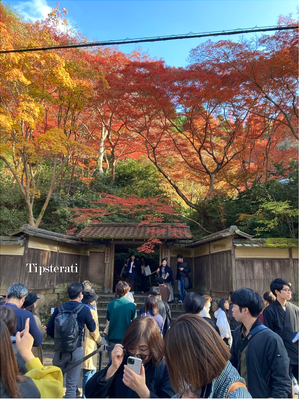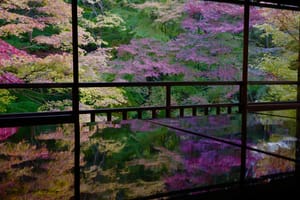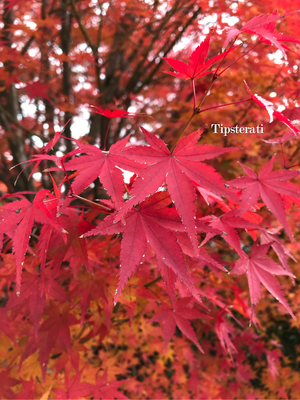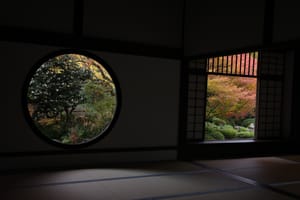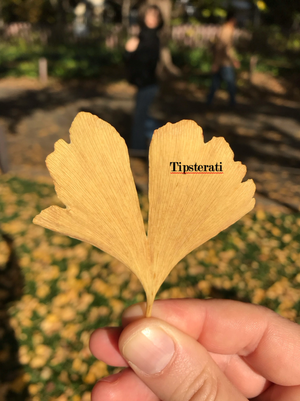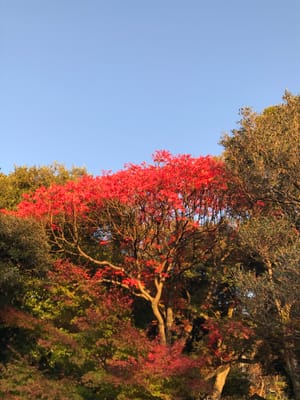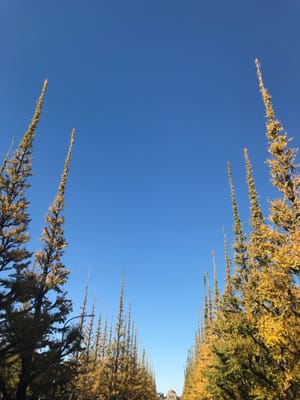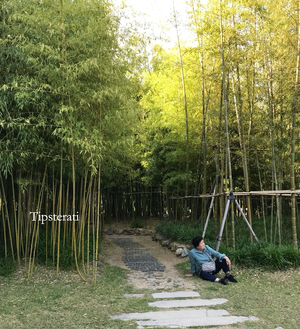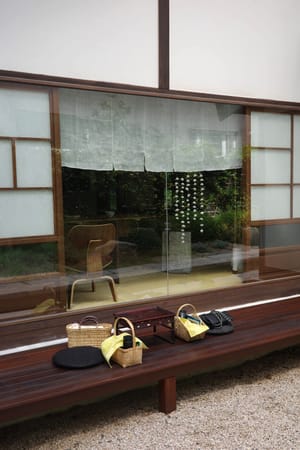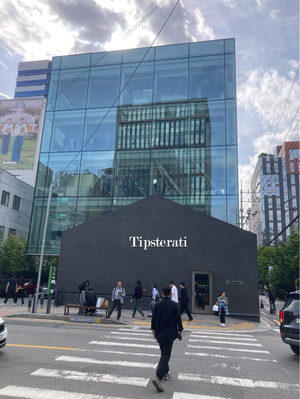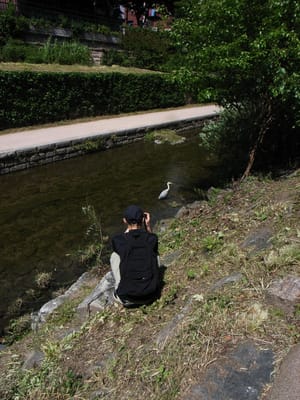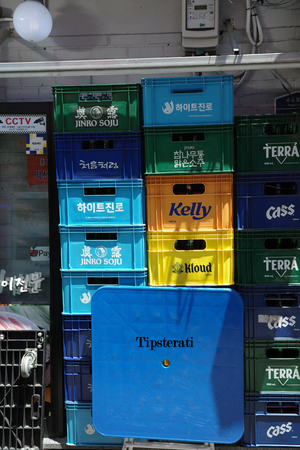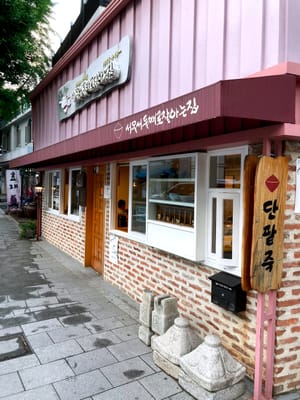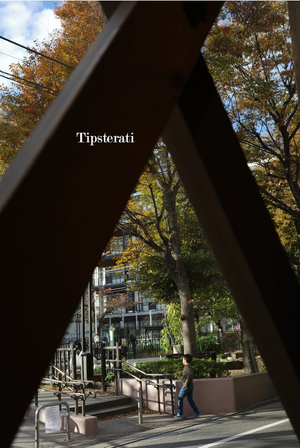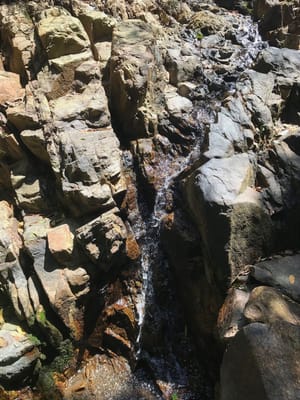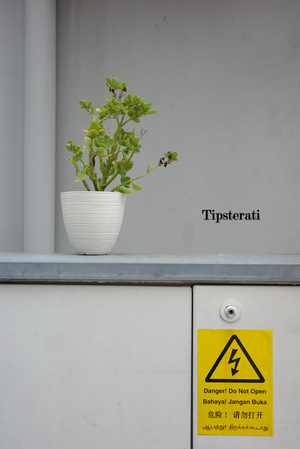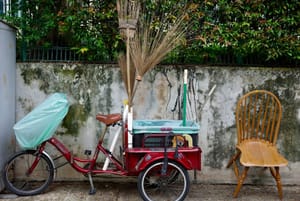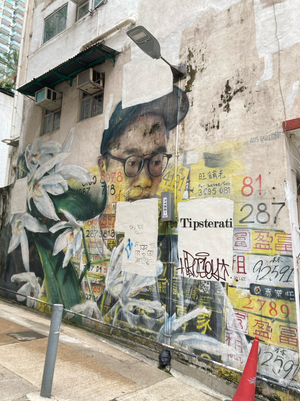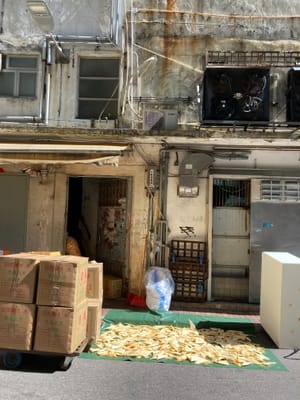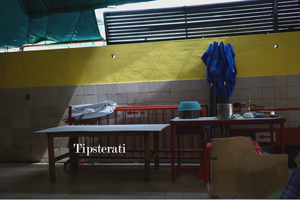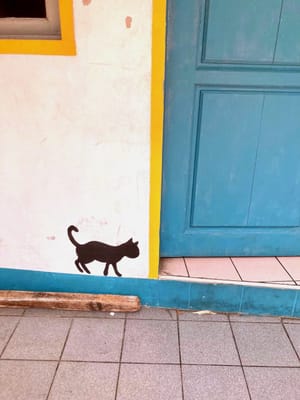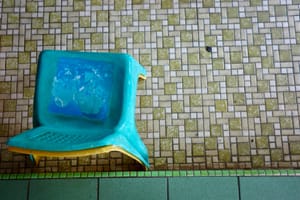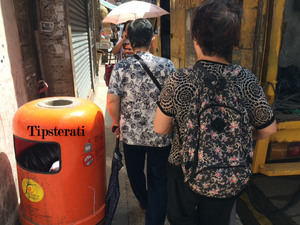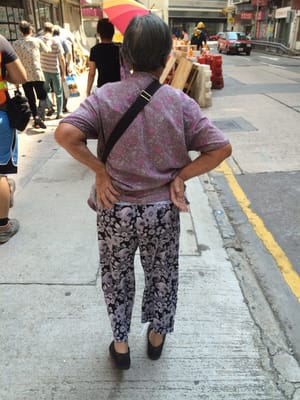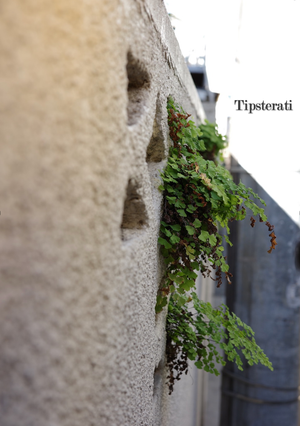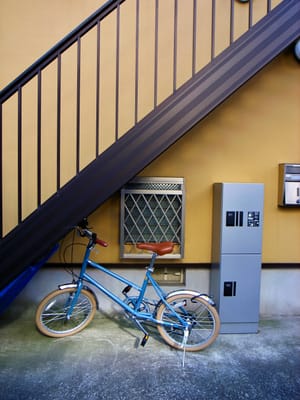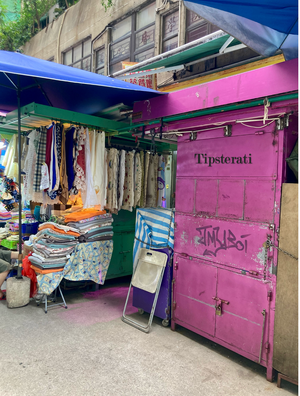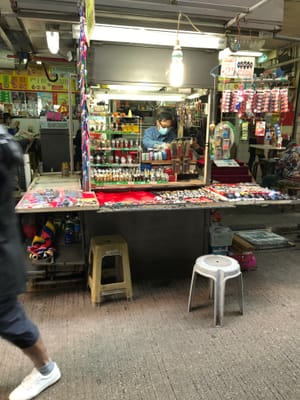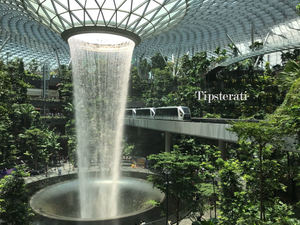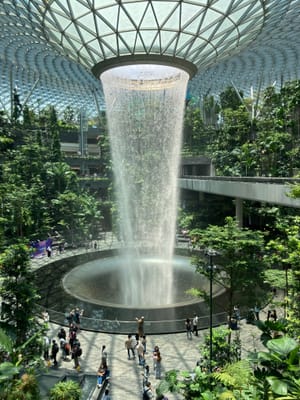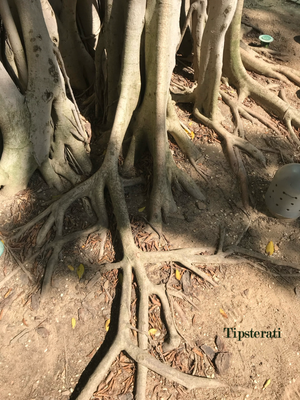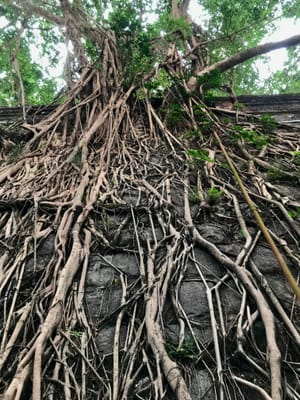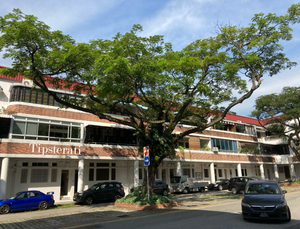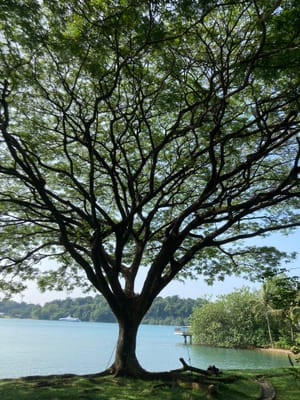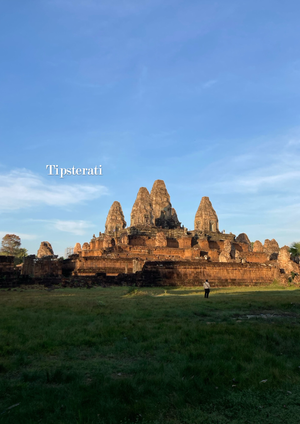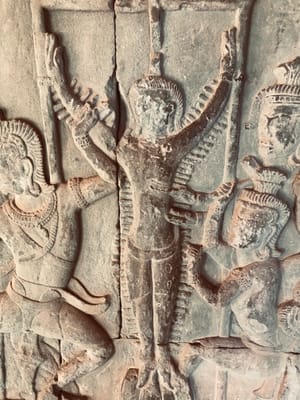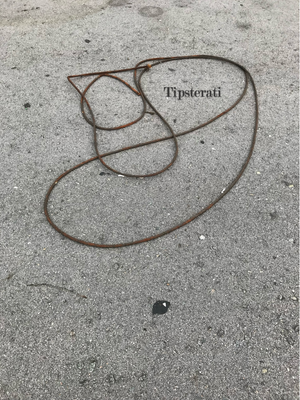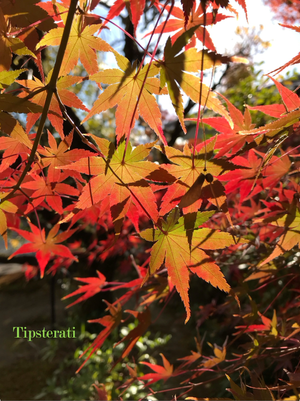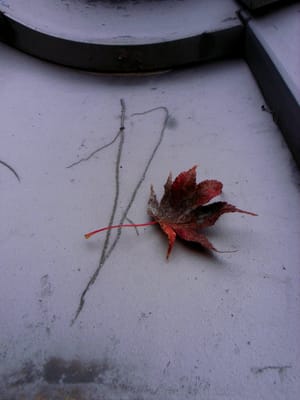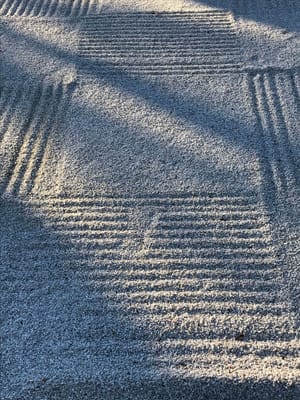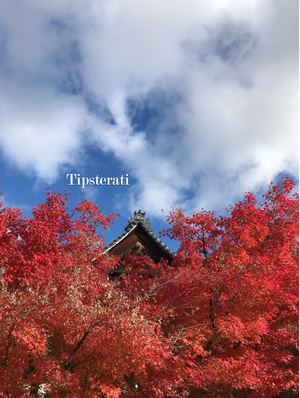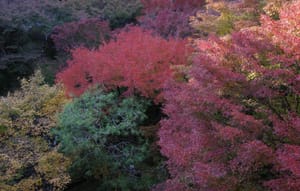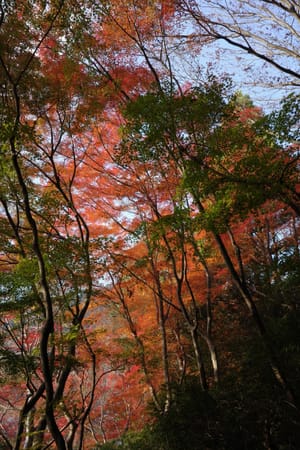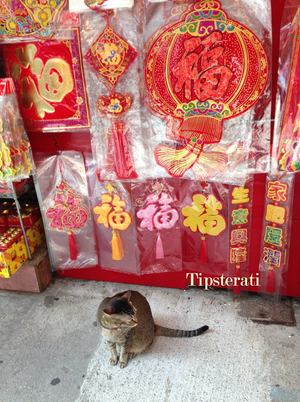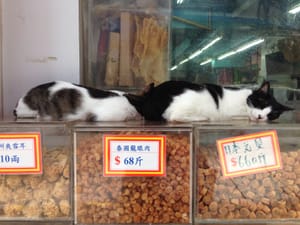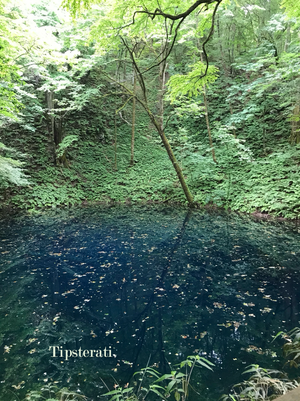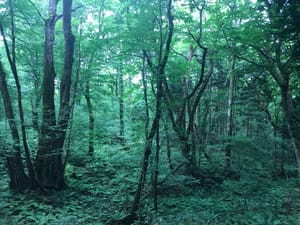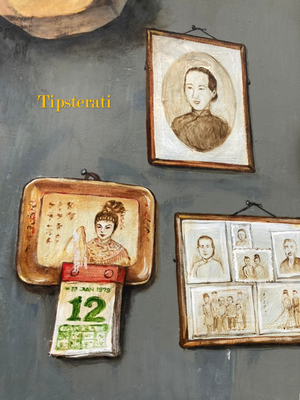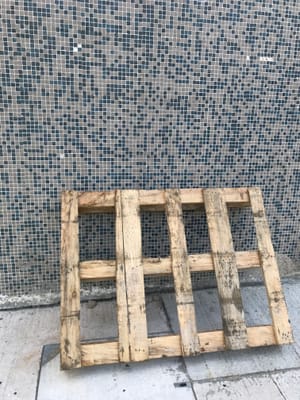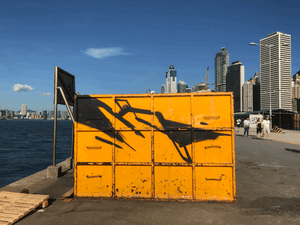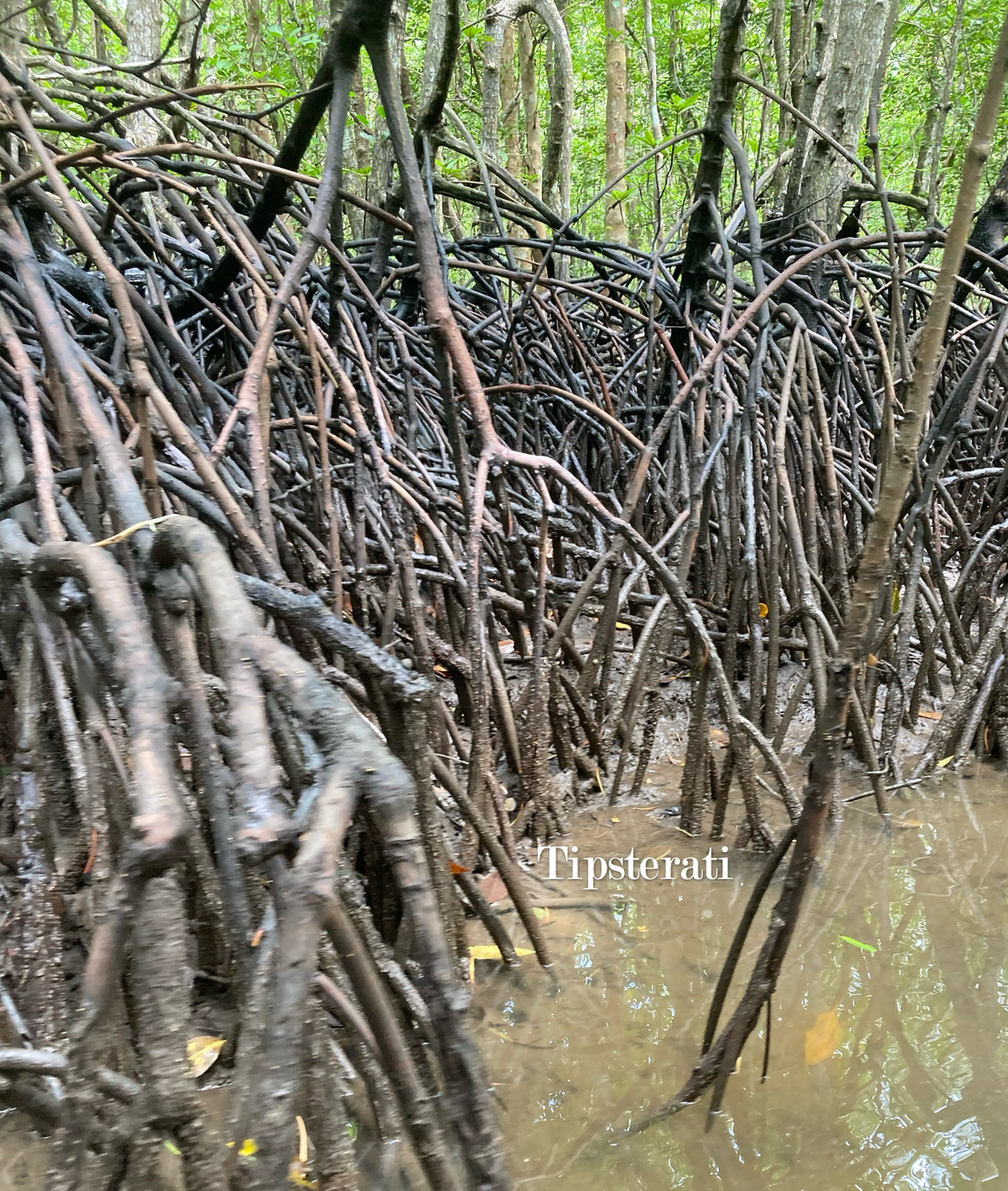
Mangrove Explorations
Mangrove forests abound in S.E. Asia, though you can also find them in the more subtropical bands of North Asia (the southern parts of Taiwan, for example). If you are in Singapore and you wish to get a small taste of a tropical wetland forest, I would recommend Berlayer Creek. The authorities have built a nice path, so you’ll be able to walk along the water and see the trees up close. You could then combine this walk with a jaunt to the nearby Labrador Nature Reserve to see a patch of coastal forest, or walk along the coastline to Vivocity mall. There is another mangrove forest within Pasir Ris Park as well, though its location may not be as convenient for visitors.
If you truly wish to be awed by mangrove forests, then you must go to Langkawi Island in north Malaysia to visit the Kilim Karst Geoforest Park. As an UNESCO protected site, the mangrove forests there are undisturbed, resulting in a wide expanse of trees that emerge magically from the waters and dominate the landscape. There are numerous operators who run boat tours and the standard route is to visit the area's limestone formations, the wetland forest, and the bat caves. I would recommend going with Junglewalla. They are a touch more expensive, but their guides are well-trained and their overall philosophy is ecologically sound. I would also highly recommend their jungle hikes and bird- watching tours (Langkawi is home to the Great Hornbill and they are magnificent!).
I would also strongly suggest picking up a rental car at Langkawi airport. The island does not have much public transport and getting about does require a car. You can always use Grab (Asia’s version of Uber), but in more remote locales, getting a car via the app might take a while.
Where to stay
Langkawi Island has plenty of options to suit all budgets, but for something a little different, try Bon Ton Resort. The owner has salvaged and transported old wooden kampong (village) houses from all around Langkawi to her property and turned them into unique dwellings for guests. Some come with verandahs, some with open-air baths, some with their own resident cat (the owner runs an animal rescue shelter too, so don’t be surprised to see rescue cats roaming about). While they have been beautifully furnished and equipped with all the modern conveniences you might need (including air-conditioning), these are still old houses (most are older than eighty years) and built for a different age. They have plenty of charm and character, but there are some who might find them a little uncomfortable at times. And, if you cannot abide geckos, Bon Ton will not be right for you.
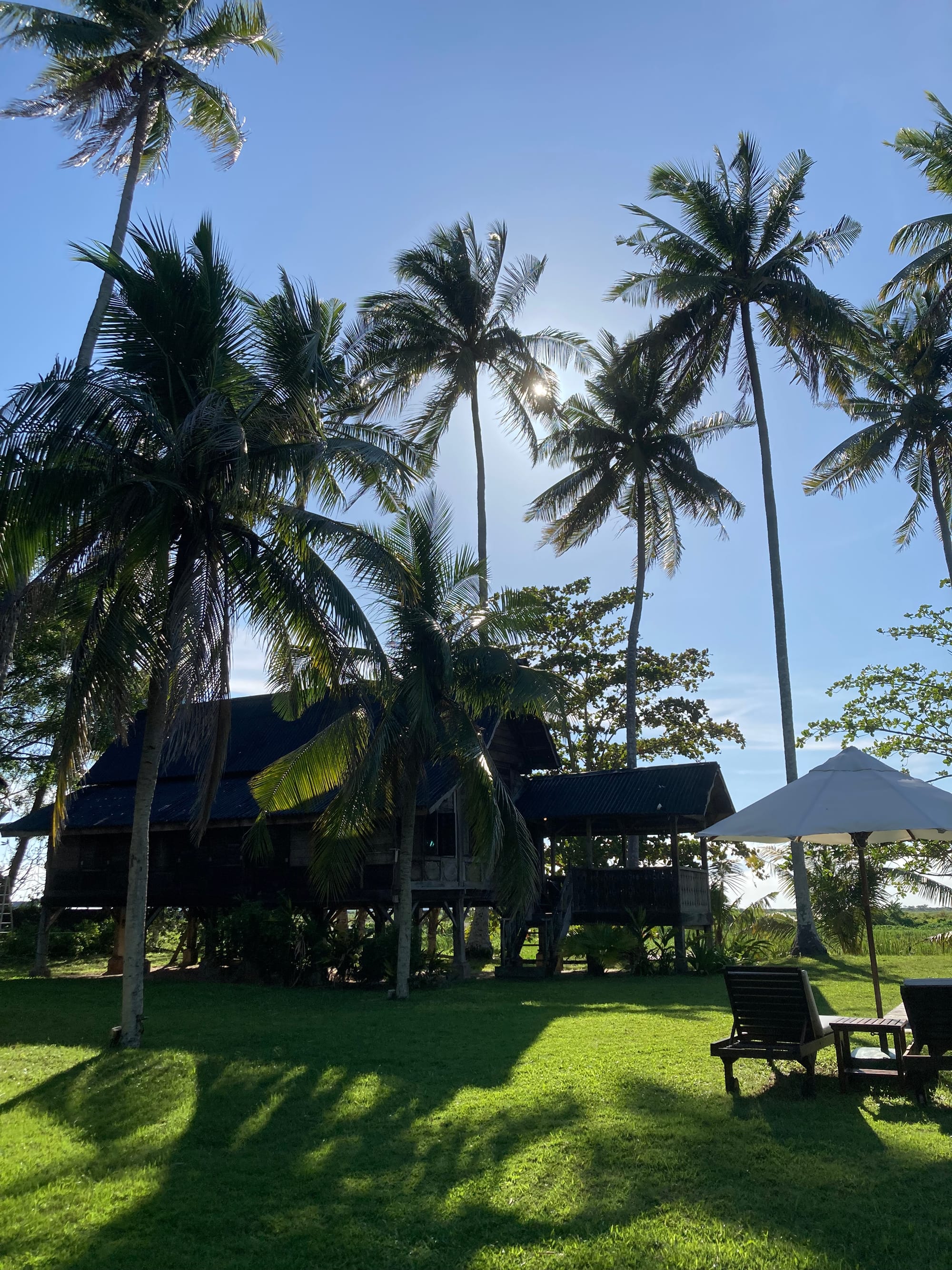
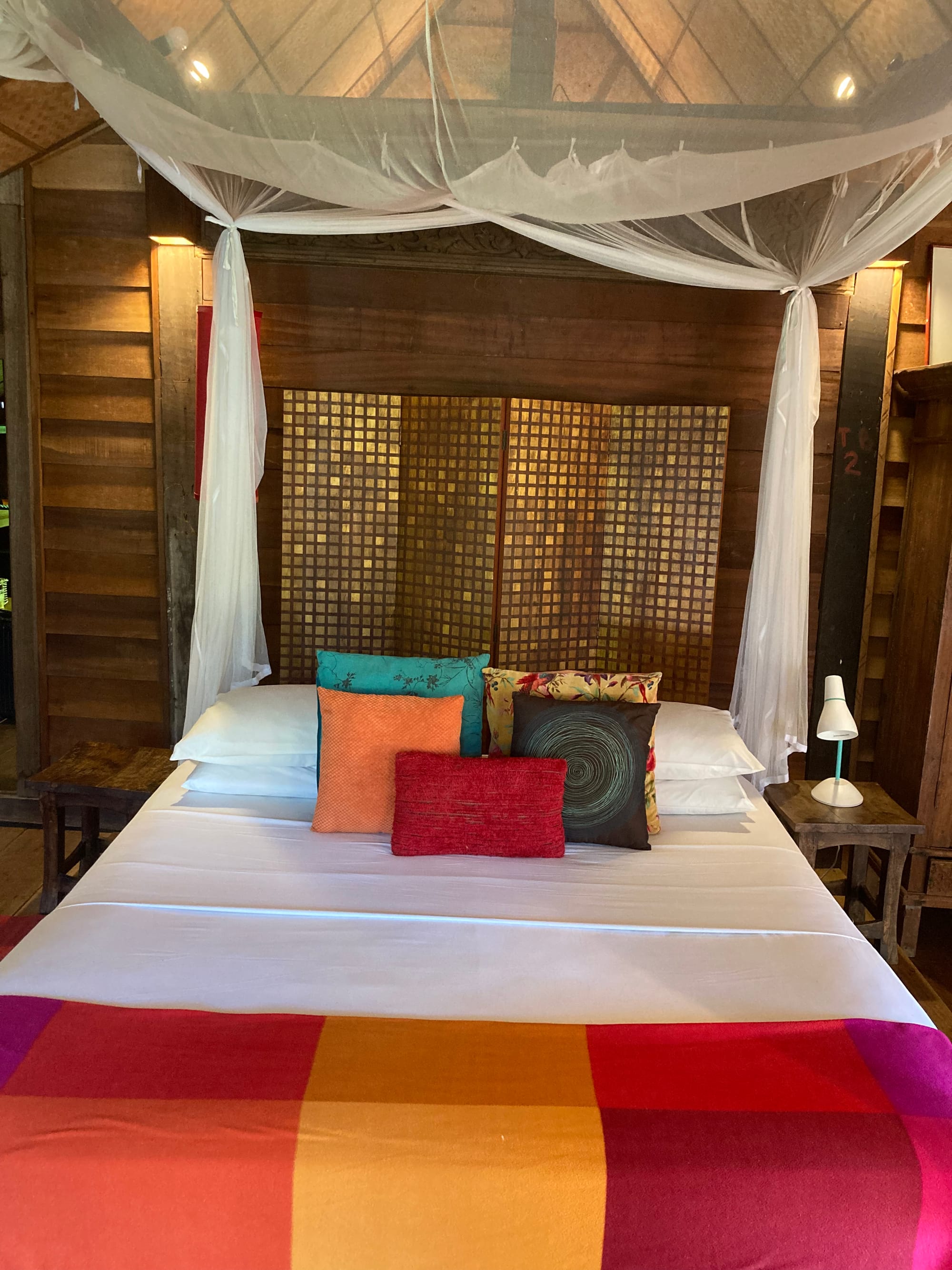
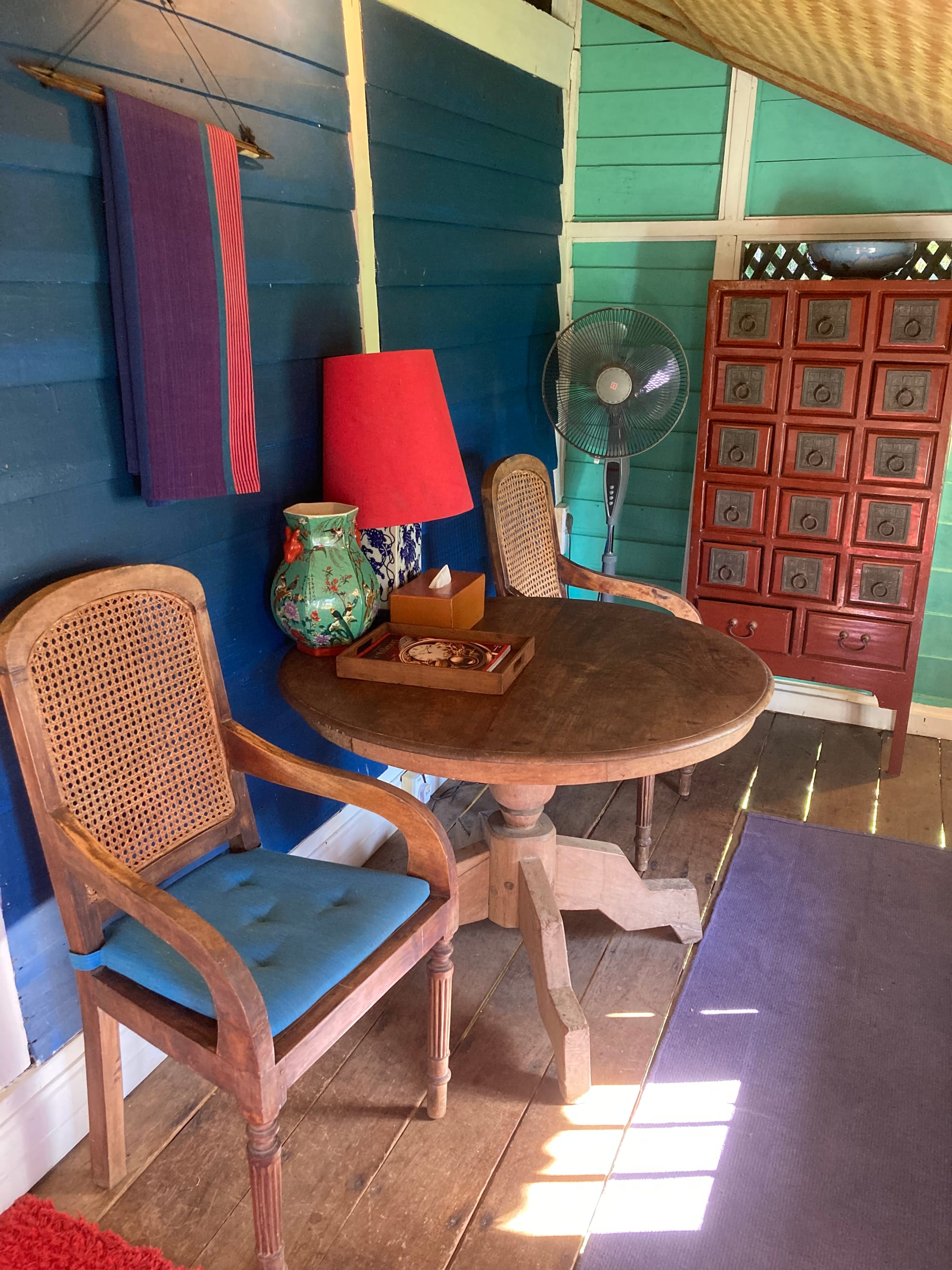
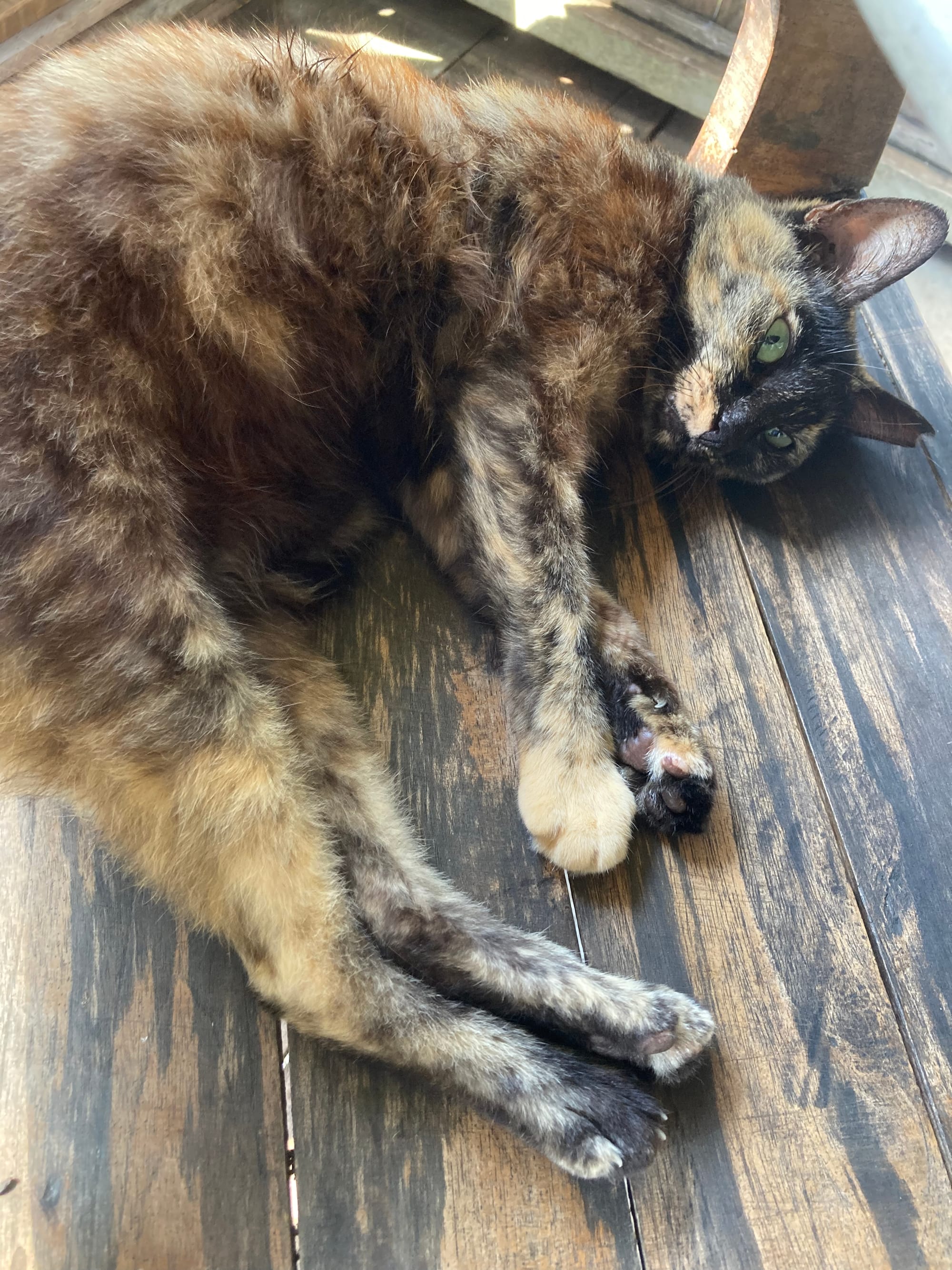
©Wendy Gan 2025
If staying in a heritage house appeals to you and you would like more options, take a look at Temple Tree Resort. Temple Tree's houses are grander, more solidly built, and will suit larger parties.
Where to eat
A fantastic seafood restaurant in the southern part of Langkawi Island. Make sure to order a crab dish and a steamed fish (ask what is fresh for the day)! Everything is cooked to perfection. We loved this place so much that we had dinner here twice. I am confident you'll look as amazed as the girl that graces the cover of the eatery's menu after your meal.
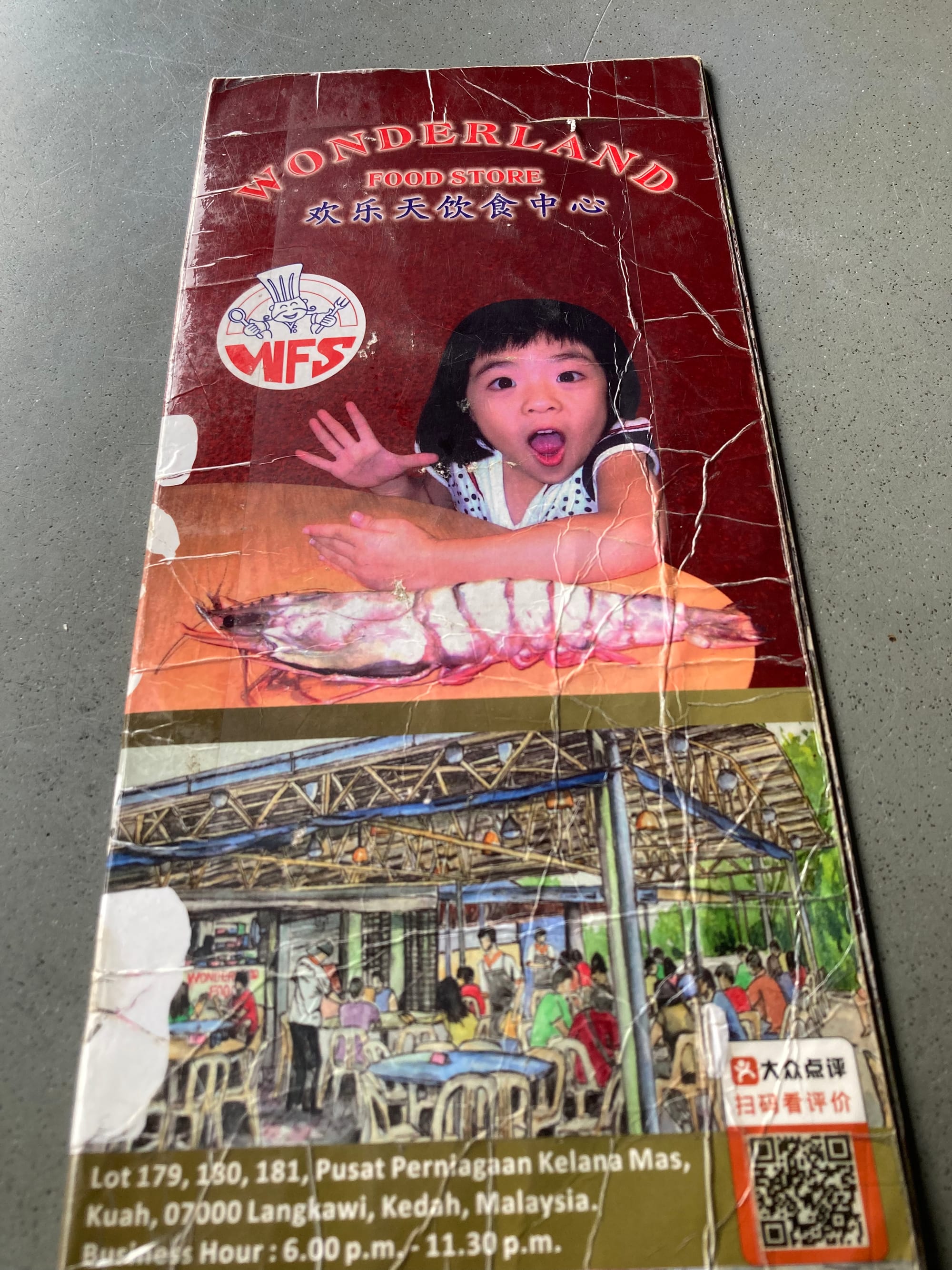
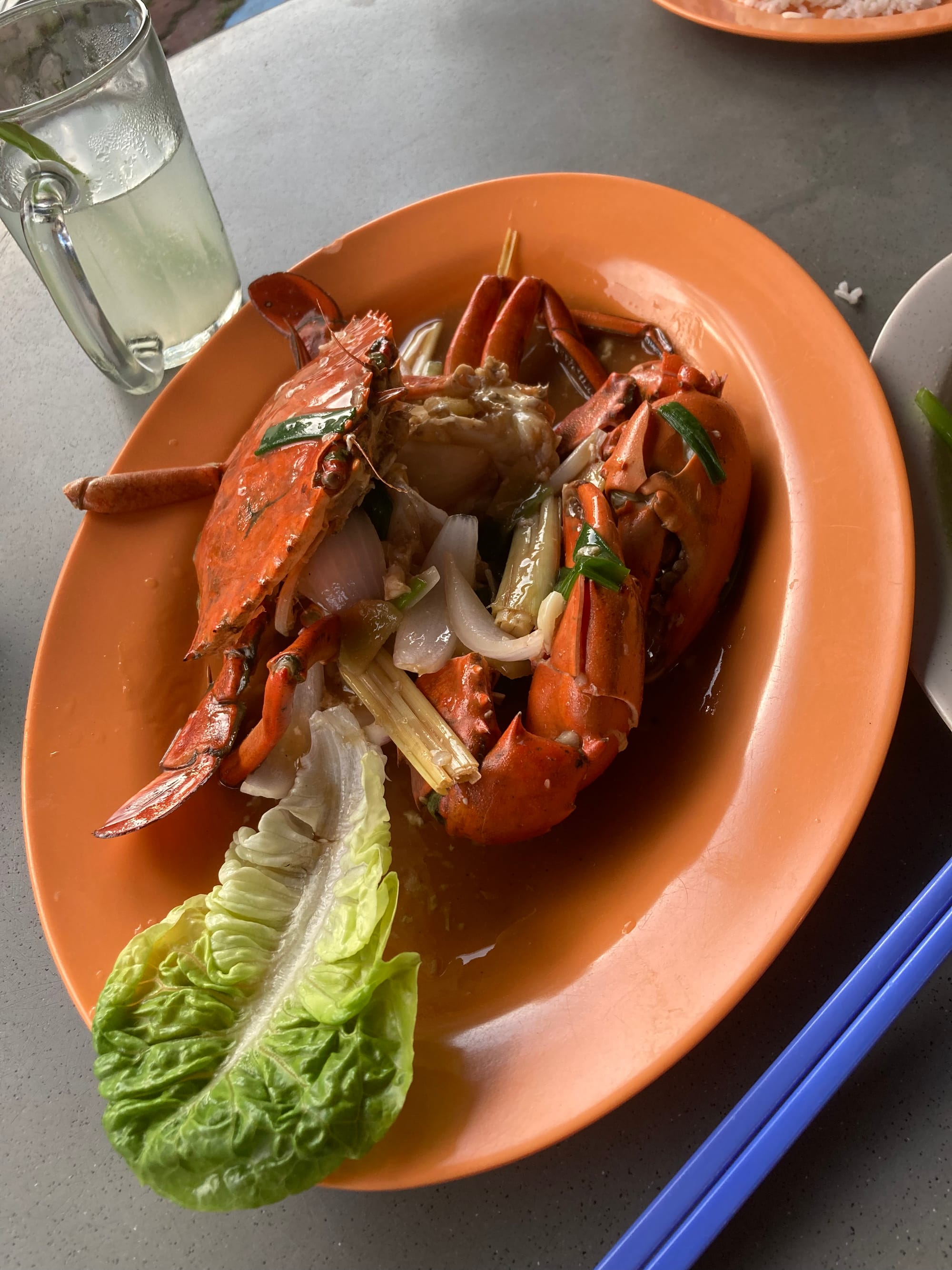
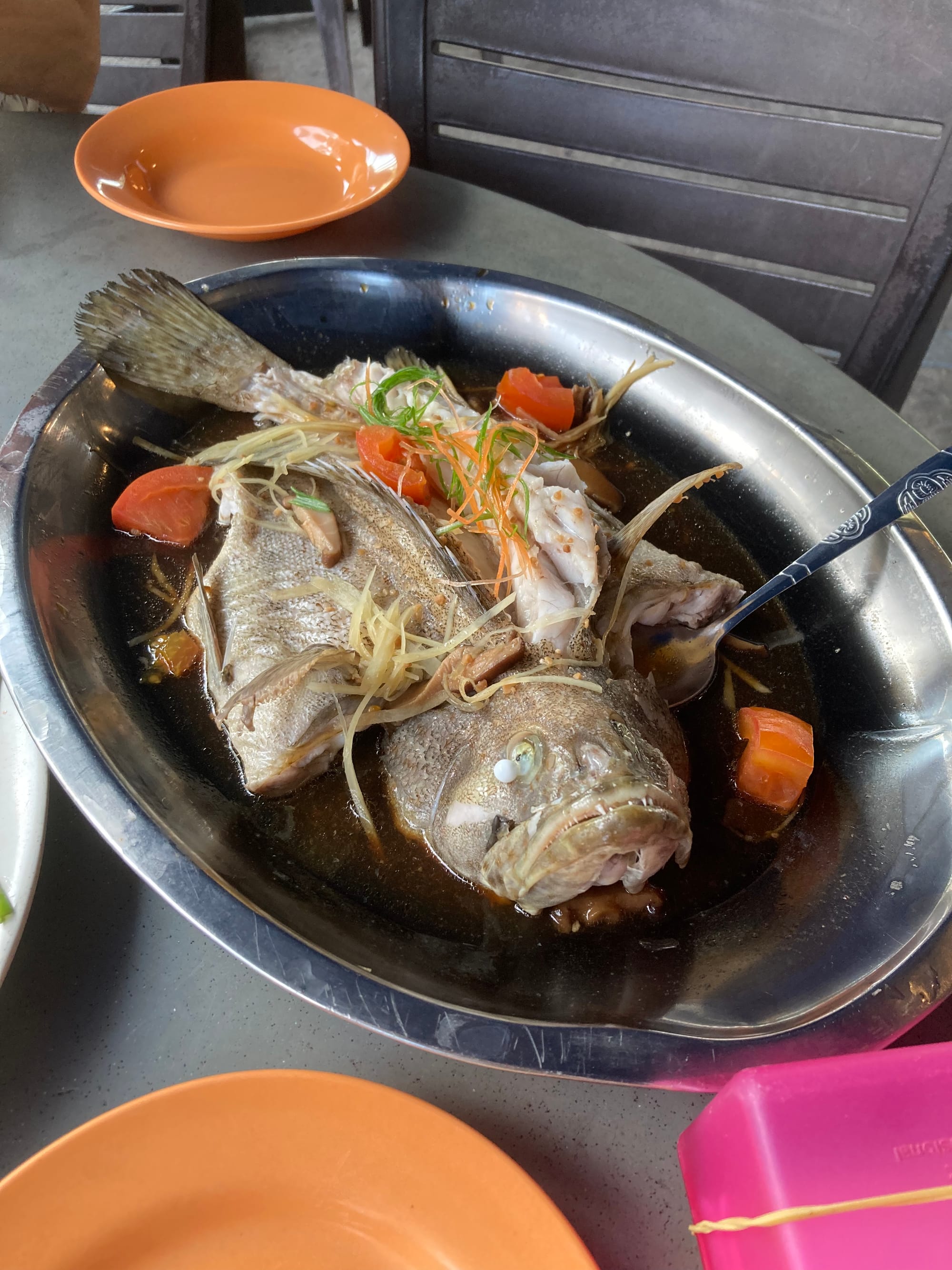
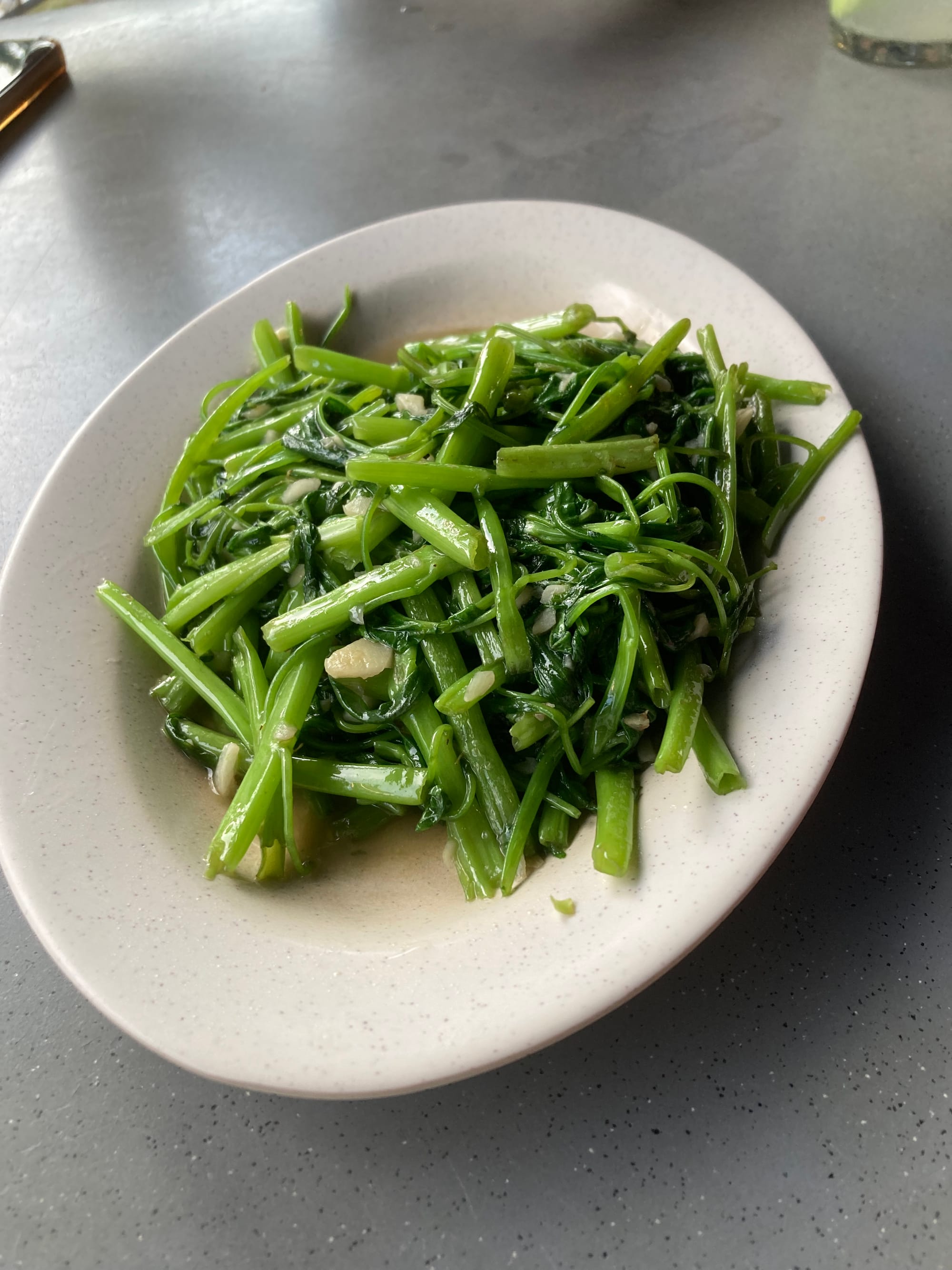
©Wendy Gan 2025
Nasi dagang is a dish consisting of glutinous rice cooked with coconut milk and served with a side of chicken or fish curry and some achar (cucumber and carrot pickle). This Malay eatery serves some excellent nasi dagang amidst picturesque rice paddy fields.
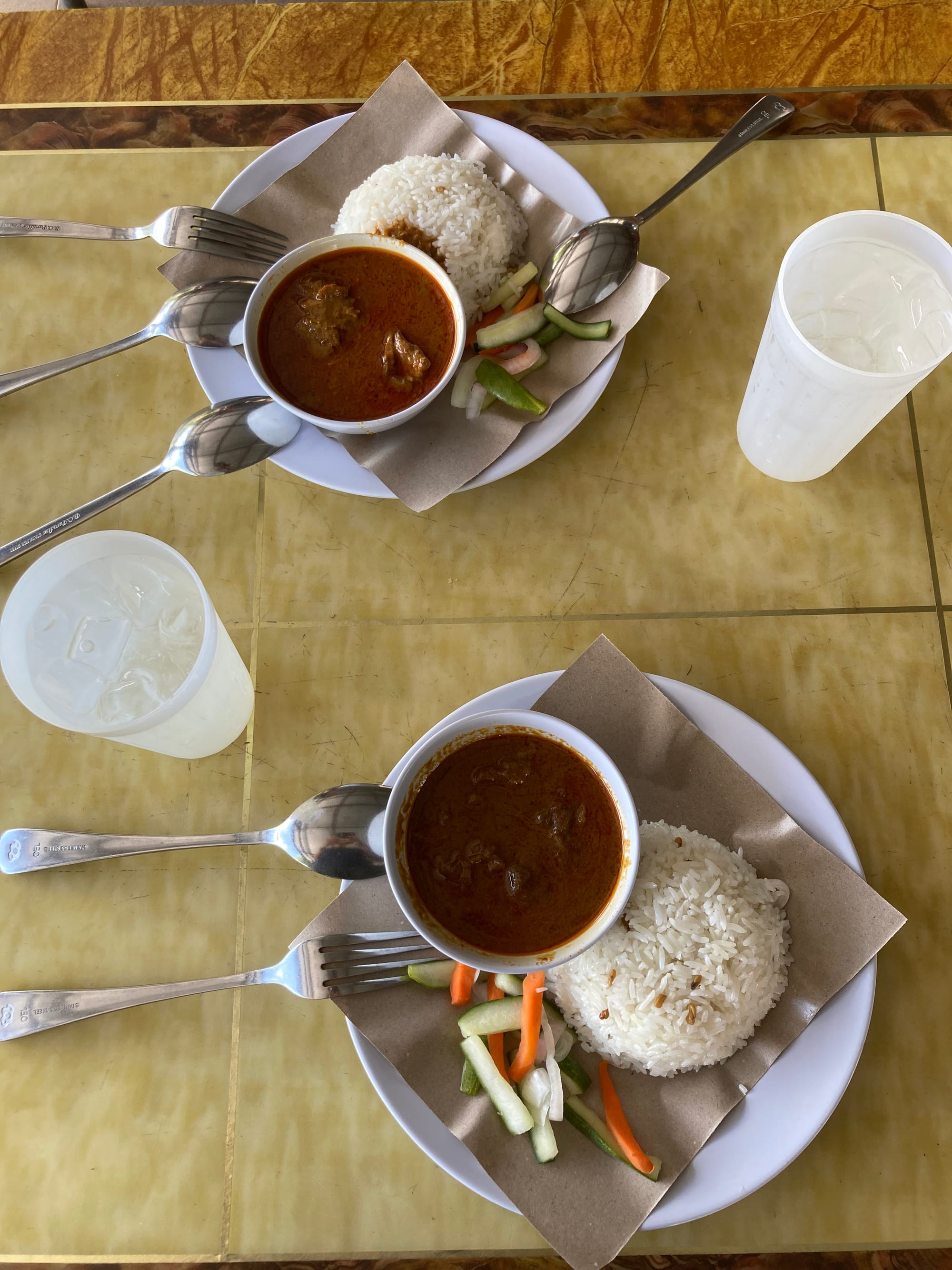
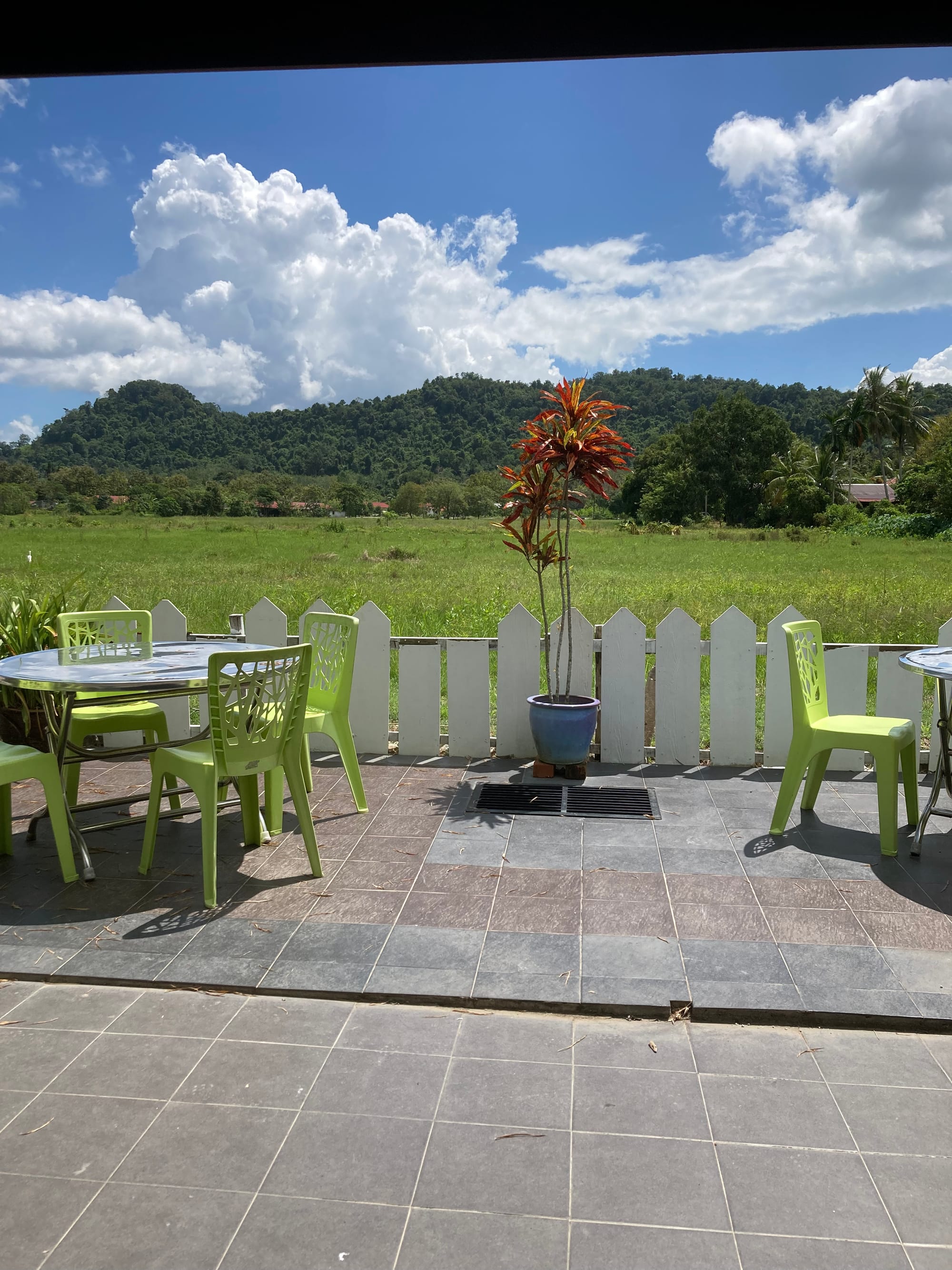
©Wendy Gan 2025
This eatery is close to Bon Ton Resort and does a variety of very good satay, as well as other dishes.
